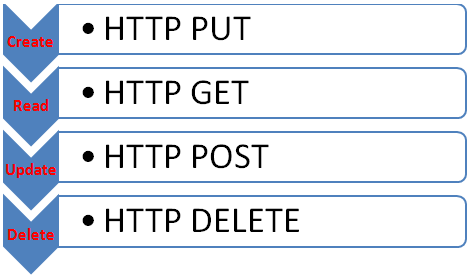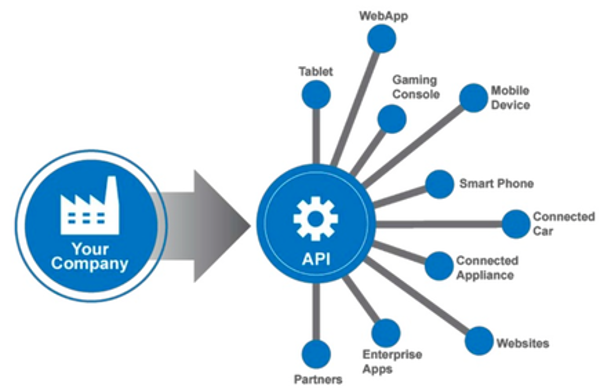Technology is always riddled with jargon. No sooner have we mastered one jargon term that another twenty head our way. It is just impossible to keep track of all of them. However one jargon has been flying around for too long now and very few people are actually able to make good sense out of it. That jargon term is ‘Agile’. This term is so often used nowadays. Every day you will come upon a company that announces that they have adopted Agile methods. But ask them what they mean and they will not answer in simple English. That is what I want to do in this post. Continue reading “How agile is your project: Part 1”
Month: September 2017
Putting traditional APIs to REST
In the last post, we saw how every company is building an API for its services. Other companies can then access the services in their own apps. This builds an ecosystem around the company’s services and the company builds both its reputation and its business. But you will see that companies are now building ‘REST’ APIs. REST stands for REpresentational State Tranformation. It is a clunky, overly technical term that even those from technology fail to understand, let alone hope to build an API which is ‘REST-compliant’. In this post, I will completely dejargonise the term and explain to you what it means by taking a very common activity: Reading a book, inserting bookmarks and marking with a highlighter.
Continue reading “Putting traditional APIs to REST”
Understanding API
Almost every big company allows its data to be accessed by apps made by others. Facebook allows you to use your timeline on your own website. So does Twitter. On the other side, both services allow data from other sites to be shared on their timelines. You can make mobile apps that access the details of a user if his/her Facebook account is linked with your app. In fact, so many apps do not use their own login system, but rather use a service like Facebook, Google+ or Twitter to manage sign-up and login. How is it possible for you and so many other services to integrate so seamlessly with these world-renowned services? It is because these services provide a way to connect to their system and fetch and modify their data after sufficient authentication. This way of connecting to a service from another service is possible through a system called an Application Programming Interface (API). APIs have evolved rapidly and today it is possible to make connected, flexible and easy-to-integrate services using REST APIs. In this post, we will understand what an API is. Continue reading “Understanding API”
Make your data more context-aware with JSON-LD
Over the last few years, you would have noticed that GMail got smarter. If an e-mail is about a flight ticket, then GMail shows a short summary with the flight number, destination, timing and seat information. It will also offer to create a reminder for when you should leave based on your location relative to the airport. For an e-Commerce purchase, there is a summary in an invoice format, showing the item particulars and the price. How does Google know that a particular mail is about a certain topic? Has Google gotten so smart with language processing that they understand the context from mail content? Not only GMail, but even Google Search does smart things like automatically showing nutrition info when you type in the name of a food item. Continue reading “Make your data more context-aware with JSON-LD”



